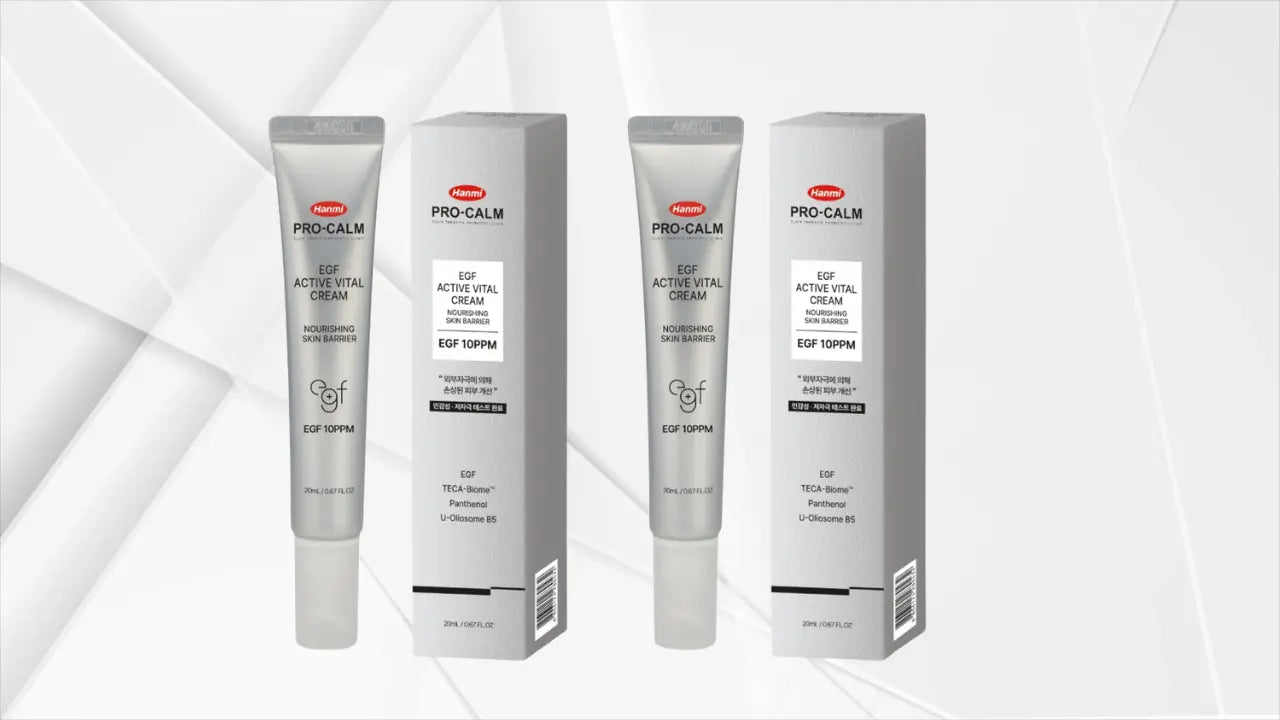Vitamin C cream is one of those rare skincare staples that crosses trends and seasons, and the focus on vitamin C cream is deserved when you understand what it can and cannot do. In everyday routines it is often chosen for brightness, tone evenness, and help against environmental stressors, yet results vary by skin type, the form of vitamin C, and how you pair it with the rest of your products.
What vitamin C cream is and why it matters
At its core, a vitamin C cream suspends an antioxidant—often L-ascorbic acid or a derivative—in an emollient base meant to cushion the active and leave skin comfortable. Dermatology references point out that properly formulated topical vitamin C can help protect against photoaging, support collagen-related pathways, and even lessen sunburn severity when used consistently, which is why many dermatologists include it in basic routines for early prevention and maintenance. DermNet®
In the clinic and at home, I’ve seen creams succeed where watery serums sting, particularly in colder months or in drier indoor air. The richer vehicle slows the “hit” of acid on contact, making it more forgiving on sensitive cheeks or under makeup. That said, more cushion doesn’t automatically mean more results; what matters most is the vitamin C form, stability, and your consistency over weeks—not days. When you’re evaluating claims, keep in mind that research-backed outcomes are generally modest and build gradually, not overnight miracles.
Pure L-ascorbic acid vs derivatives in creams
Pure L-ascorbic acid is the bioactive form your skin ultimately uses, and it tends to deliver the quickest visible tone improvements when stabilized well. Derivatives like sodium ascorbyl phosphate, magnesium ascorbyl phosphate, ascorbyl glucoside, or lipid-soluble tetrahexyldecyl ascorbate can be gentler and more stable in certain formulas, converting to L-ascorbic acid after they penetrate. If your skin prickles with “straight” vitamin C, a derivative-based cream is often the better on-ramp. In day-to-day wear, I find derivatives pair nicely with moisturizers and mineral sunscreens, especially for reactive or barrier-impaired skin.
Cream vs serum—how they feel and perform
Serums are usually thinner and can hit with a higher percentage, which can be useful if you’re chasing stubborn spots or you want a faster brightening arc. Creams add comfort, occlusion, and stay-time that many complexions appreciate, particularly in winter or in air-conditioned offices where water loss is constant. On my own combination skin, creams sit better under makeup—fewer pilling issues and a more even dry-down—while a concentrated serum shines on nights when I’m skipping exfoliation. If you want both, consider a potent serum a few nights a week and a gentler cream on the alternating days to maintain momentum without overdoing it.
Vitamin C brightening cream: benefits, expectations, and limits
Brightening is the promise that pulls most of us in, and it’s fair—vitamin C interferes with steps in pigment formation and helps counter the look of dullness from pollution and UV. Dermatologists also mention that using a vitamin C product alongside daily sunscreen tends to yield better day-to-day protection and a more even tone over time, which tracks with what I’ve seen in real routines when people stick with it through one or two skin cycles. Cleveland Clinic
Still, expectations matter. A vitamin C brightening cream can soften the appearance of dark marks and general sallowness, but it doesn’t replace targeted prescriptions or in-office work for melasma or deep, long-standing hyperpigmentation. For dark circles, any improvement usually comes from overall tone evenness and the subtle plumping of a hydrated skin surface rather than from a direct effect on vascular or structural shadows. Where brightening creams do excel is in prevention: they help reduce the look of new, shallow discolorations from everyday sun and urban living when you keep application steady.
Ingredients & stability: vitamin C, vitamin E, ferulic acid, and packaging
Formulation makes or breaks vitamin C. Ascorbic acid is famously unstable, degrading with light, heat, air, and higher pH, so brands lean on stabilizing strategies like an acidic environment, complementary antioxidants, chelators, and smart packaging. Reviews in the formulation literature describe how ascorbic acid oxidizes to dehydroascorbic acid under these stressors, which then further degrades—one reason you’ll see products in air-tight or opaque components and guidance to cap bottles quickly. pmc.ncbi.nlm.nih.gov
You’ll also notice frequent pairings with vitamin E and ferulic acid. This trio isn’t marketing fluff; evidence and clinical practice point to a synergistic effect where vitamin E is replenished and the overall antioxidant network behaves more robustly, with ferulic acid helping stabilize and extend efficacy. These combos have been used in studies and recommended in clinical guidance because, in real skin, the environment is mixed—UV, pollution, and metals—and antioxidants tend to work better as a team. ACOFP ORG
From a user’s eye view, packaging is not a trivial detail. I preferentially reach for airless, opaque pumps that limit oxygen and light, especially for formulas with higher percentages of L-ascorbic acid. If a cream shifts from off-white to deep orange or brown and smells tangier than usual, that can signal oxidation and reduced activity. I err on the side of replacing it rather than finishing the jar, and I store actives away from steamy bathrooms to slow degradation.
When you’re shopping, ingredients that play well with vitamin C in creams include niacinamide, hyaluronic acid, panthenol, ceramides, and madecassoside; they support barrier comfort and keep irritation odds lower while you chase brightness. If you prefer a minimalist route, look for short ingredient lists and skip fragrance, especially if you’re prone to stinging around the nose or cheeks.
Who it’s for: skin types, sensitivities, and safety
Dry or mature skin often enjoys a vitamin C cream most because the emollients smooth flakes and reduce the tight, squeaky feel you might experience with gels. Oily or combination skin can still use cream textures, but a gel-cream or lighter emulsion tends to be the Goldilocks pick that brightens without smothering. If you’re breakout-prone, derivatives like sodium ascorbyl phosphate are worth a look because they’re milder and can coexist more peacefully with acne routines, though your mileage will vary.
Sensitive users usually do best by starting a few mornings per week and “buffering” with a simple moisturizer if needed. When my own skin is cranky from seasonal shifts, I keep the vitamin C step but shift to a gentler derivative cream and layer a calming moisturizer over the top; centella, glycerin, and ceramides are friends here. For those navigating pregnancy, topical vitamin C is generally considered a safe antioxidant step, and many dermatology clinics explicitly recommend it as part of a gentle brightening routine; as always, patch-test and discuss any active routine with your healthcare provider if you have questions about your specific situation. California Skin Institute
Under-eye use deserves a word too. Some creams migrate when applied heavily, which can sting if they travel into the eyes. I tap a pea-sized amount across both eyes, staying a fingertip’s distance from the lash line, and I prefer derivative-led formulas there since the skin is thin and quick to complain. If your main goal is true under-eye darkness from visible veins or hollows, topical vitamin C is supportive but not a standalone fix; correctors and, for some, professional options play a bigger role.
How to use it well: AM/PM routines, pairings, and what not to mix
Most people will get the most mileage in the morning so the cream can complement sunscreen against daily exposure. Dermatology guidance supports this sequence: cleanse, apply vitamin C, let it settle, then layer moisturizer (if needed) and a broad-spectrum SPF 30 or higher. Used this way, vitamin C serves as a little extra insurance for whatever sneaks through your sunscreen and for the general oxidative buzz of daylight hours. Cleveland Clinic
Night use can work, especially for those who react to sun-on-skin tingles or who use purely anhydrous, slow-release formulas. On alternating nights with retinoids, I prefer to separate steps—vitamin C on AMs, retinoid on PMs—rather than stack them. Family medicine guidance for clinicians reiterates two practical points that mirror what I’ve observed: pairing vitamin C with vitamin E/ferulic acid is sensible, and benzoyl peroxide can oxidize and inactivate vitamin C, so it’s better to use them at different times of day or on alternate days. ACOFP ORG
If your aim is comfort and consistency, think in seasons. In humid summers, a gel-cream may be perfect alone under SPF. In winter, I often sandwich vitamin C cream between a hydrating essence and a cushiony moisturizer to lock in comfort without skipping brightness. Makeup wearers usually like creams for this reason; they’re less likely to cause pilling under sunscreen and foundation than some watery serums.
For routine building, I choose a single vitamin C step rather than layering multiple brighteners right away. When you are steady for three to four weeks without irritation, you can add a pigment-focused serum on the opposite time of day or simply lean on sunscreen discipline to do most of the lifting. The slow-and-steady approach prevents red, itchy detours that stall progress.
Comparisons & FAQs
Serum vs cream—do I need both? Not necessarily. Serums can be “louder” and faster on spots; creams are “kinder” and steadier, particularly for dry or easily irritated skin. Many people alternate: serum two or three nights per week for punch, cream on the off days for maintenance and comfort. If you prefer one product only, choose based on your climate and how your skin behaves under makeup.
Will a vitamin C cream fix dark circles? Sometimes it softens the look by brightening the general under-eye area and improving surface smoothness, but it won’t erase vascular shadows or hollows. For the cosmetic part you can influence, patience and sunscreen consistency matter more than any one jar.
What about “organic vitamin C cream”? Labels aside, what counts is stability, packaging, and your tolerance. Ascorbic acid is fussy; a beautifully “natural” formula that turns amber and inactive in a month won’t serve you better than a well-stabilized cream in an opaque pump. Prioritize performance and your skin’s comfort over marketing language.
How do I know if my product oxidized? A noticeable color shift toward deep yellow or brown and a sharper scent are common flags. Because oxidation reduces activity, I replace oxidized vitamin C rather than trying to use it up. If your products repeatedly turn quickly, store them away from heat, close caps promptly, and consider smaller sizes.
What should I pair it with to see results? Sunscreen first, always. Then choose a texture you’ll use daily and add gentle companions like niacinamide or ceramides. If you’re layering actives, separate benzoyl peroxide from vitamin C and introduce retinoids on opposite nights so your skin gets the benefit of each with fewer side effects. That steady rhythm tends to beat short bursts of “everything at once.”
If you want a simple starting point, try a budget-friendly vitamin C cream option such as the Dr.Vita Vitamin C Cream (30ml) which sits comfortably under sunscreen. If you’d rather “go serum” for potency, a 23% ascorbic acid serum like COSRX Pure Vitamin C 23% Serum can be slotted on alternate mornings. For brighter-looking tone when you’re targeting spots, a brightening serum with glutathione such as AHC Pro Shot Gluta Activation Bright 3 Intra Serum can fit the PM slot. If your skin is temperamental, a barrier cream to buffer actives like Physiogel Hydro Cica Soothing Cream helps maintain comfort. And for reactive days, a centella-rich moisturizer for reactive skin such as Centellian24 Madeca Cream Hydra 3X can be layered over vitamin C cream without feeling heavy.
Vitamin C cream earns its spot not because it’s flashy, but because it’s practical. When you choose a stable formula you’ll actually use, pair it with sunscreen, and give it the consistency window it needs, the payoff is that softly brighter, smoother look that sneaks up on you in good lighting—no filters required. For sensitive or pregnant users, keep the routine simple, patch-test, and build slowly. For everyone, the rule is the same: steady beats spicy.




